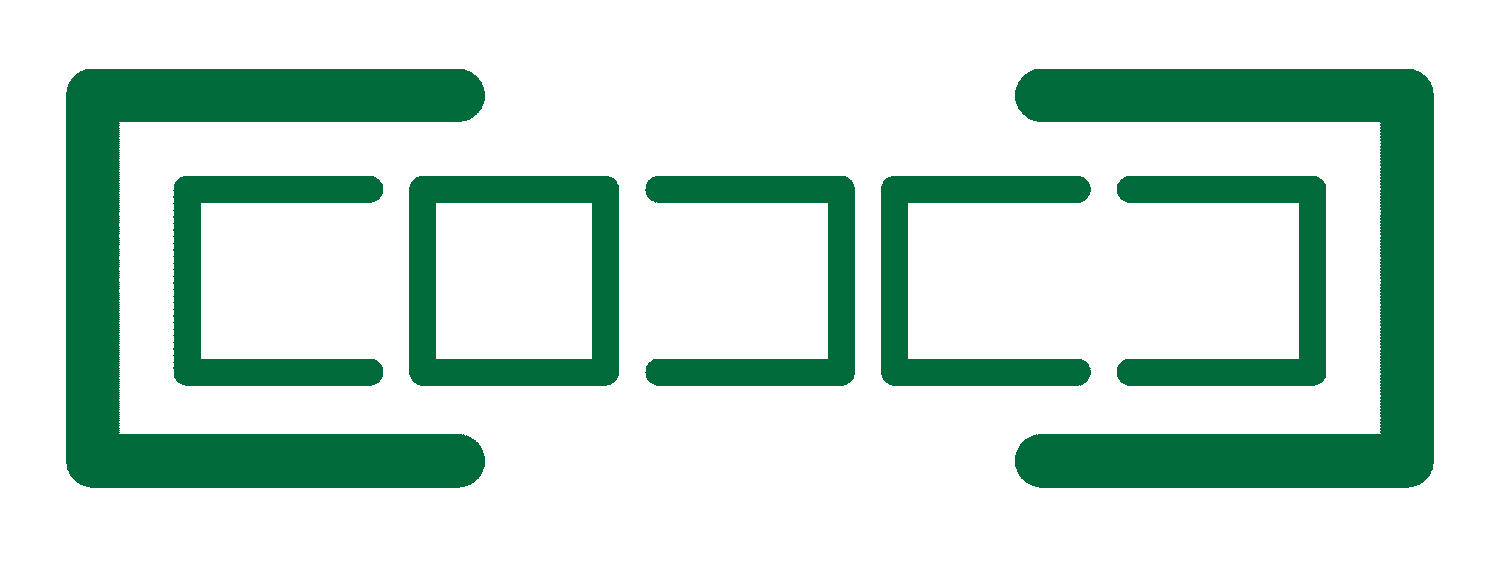How to Organize Your Tax Documents Like a Pro
Preparing for tax season doesn’t have to be chaotic. With a little organization, you can streamline the process for yourself—and your tax preparer. Here are best practices for getting your paperwork in order before filing:
Create a Document Checklist
Start by listing out the documents you’ll need. This typically includes:
Income forms: W-2s, 1099s, K-1s
Deduction records: Receipts for charitable donations, medical expenses, education costs, rental property receipts, state and local tax receipts
Family details: Social Security numbers for dependents, childcare expenses, identification
Bank and investment info: Interest statements, dividend reports, crypto transactions
If you’re a business owner or freelancer, include:
Business income records
Expense and mileage logs
1099s you received or issued
Group by Category
Sort your documents by type: income, deductions, expenses, etc. Keep physical copies in labeled folders and digital files in easy-to-access subfolders. If sending documents digitally, consider scanning and converting them to PDFs. You can upload them directly to your portal with Coded Tax Services.
Prioritize Security
Tax documents contain sensitive info. Use secure methods—like encrypted portals or password-protected files—when sharing with your preparer. Avoid emailing documents without added security.
Track Important Deadlines
Mark key dates for tax filing, quarterly estimates, and extension requests. Having a calendar ensures you stay ahead of any deadlines—and reduces last-minute scrambling.
Final Tip: Communicate Early
Don’t wait until the last moment! Reach out to your preparer in advance with questions, updates, or changes. The better your documents are organized, the faster and more accurately your return can be prepared.
